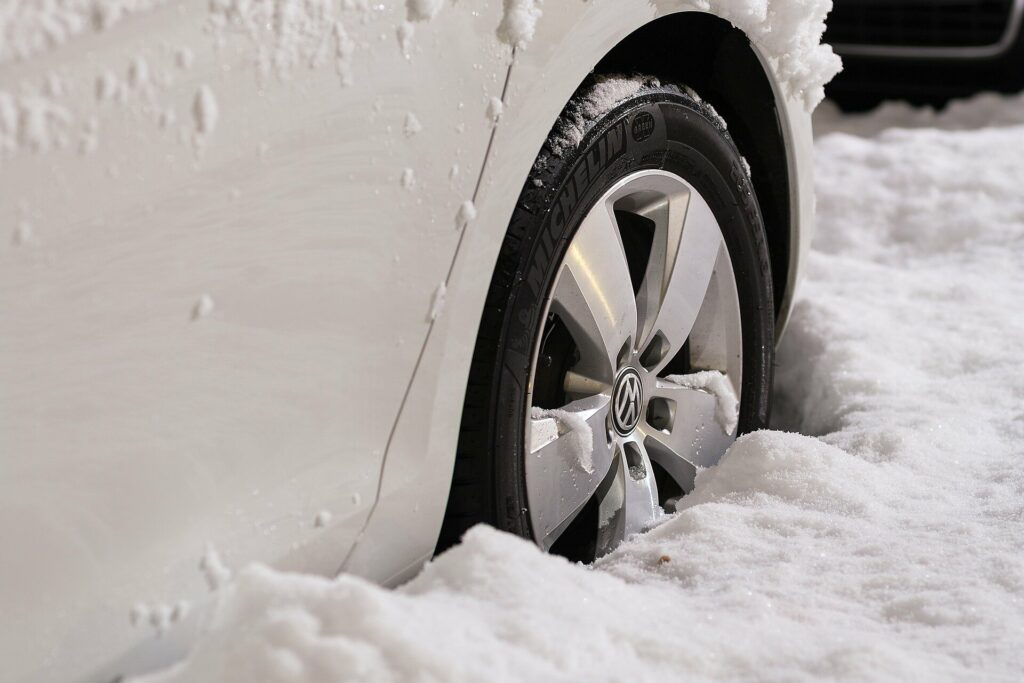The researchers at DOE’s Argonne and Lawrence Berkeley National Labs have developed a sub-zero temperature-performing fluorine-containing electrolyte.

The main challenge in current lithium-ion batteries is the liquid electrolyte, which transfers ions between electrodes for charging and discharging. However, the liquid freezes at sub-zero temperatures, significantly impacting the charging efficiency of electric vehicles in cold climates.
A team of scientists from the U.S. Department of Energy’s (DOE) Argonne and Lawrence Berkeley National Laboratories have created a fluorine-containing electrolyte with excellent performance in sub-zero temperatures. The team identified an antifreeze electrolyte that maintained charging performance at -4°F and uncovered its atomic-level mechanism of effectiveness.
The low-temperature electrolyte holds potential for electric vehicle batteries, grid energy storage, and consumer electronics. It replaces conventional electrolytes of lithium hexafluorophosphate salt and carbonate solvents like ethylene carbonate. During battery charging, the liquid electrolyte carries lithium ions from the cathode to the anode. These ions travel through clusters of four or five solvent molecules within the electrolyte en route from the cathode to the anode. Initially, clusters on the anode surface create protective solid-electrolyte interphase. This layer selectively allows lithium ions to pass through while blocking solvent molecules. During charging, lithium atoms are stored in the graphite structure. Discharging generates electricity as electrochemical reactions release electrons from the lithium.
Carbonate solvents in the electrolyte freeze in low temperatures, hindering lithium-ion transportation to the anode during charging. Tight binding within solvent clusters requires higher energy for ions to evacuate and penetrate the interface layer. Thus, scientists seek an improved solvent solution. The team studied various fluorine-containing solvents and identified the composition with the lowest energy barrier for releasing lithium ions from clusters at sub-zero temperatures. They also discovered the atomic-level mechanism behind its effectiveness, which relied on the position and quantity of fluorine atoms within each solvent molecule. The team’s fluorinated electrolyte maintained stable energy storage capacity throughout 400 charge-discharge cycles at -4°F, equivalent to conventional carbonate-based electrolytes at room temperature.
The research showcases the customization of electrolyte solvents for designing sub-zero temperature electrolytes. The antifreeze electrolyte performs well and enhances safety by eliminating the risk of fire associated with carbonate-based electrolytes.
Reference : Dong‐Joo Yoo et al, Rational Design of Fluorinated Electrolytes for Low Temperature Lithium‐Ion Batteries, Advanced Energy Materials (2023). DOI: 10.1002/aenm.202204182










(-4°F − 32) × 5/9 = -20°C